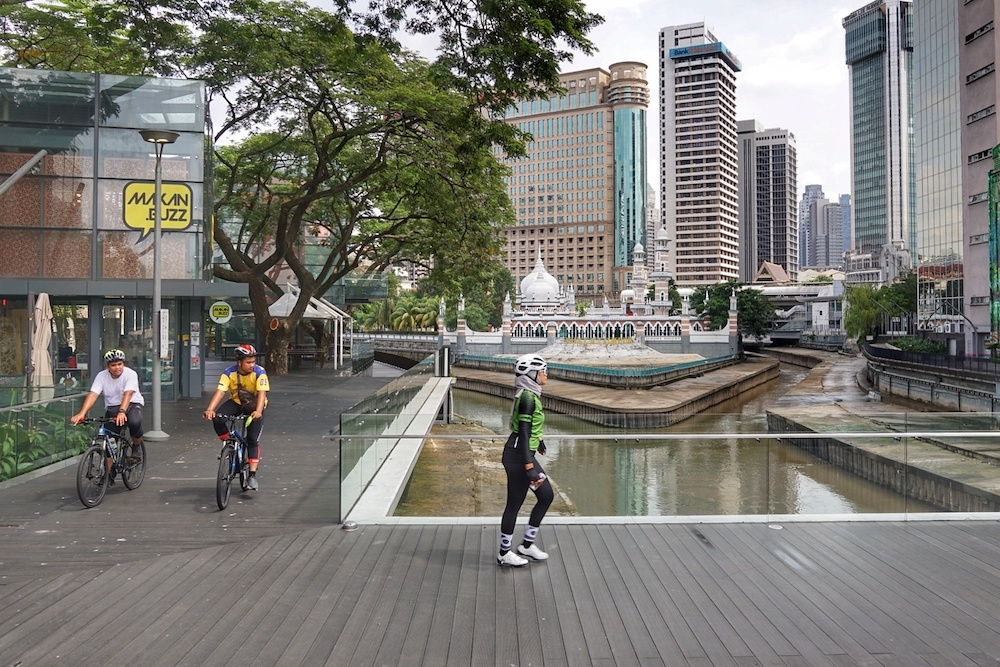AUG 30 — Urban settlements often reflect both fears and hopes. While many cities trace their origins to defence, trade, or agriculture, cities like Ipoh and Kuala Lumpur (KL) began with valuable minerals found by early pioneers. Malaysia used to be the world’s top tin producer, and this 'white gold' attracted our ancestors from near and far to settle in many far-flung corners of our country. This started our process of urbanisation from the 19th century onwards.
Unlike other Southeast Asian cities such as Bangkok, Jakarta, Manila, or Singapore with ancient origins or natural ports, KL was built on muddy land rich in tin. As Malaysians, we have transformed a once malaria-ridden valley into one of Southeast Asia’s wealthiest cities.
Regardless, efforts to promote urban renewal and conservation in KL often face challenges due to its less glamorous history compared to other cities. Questions like ‘What are we renewing?’ and ‘What should we conserve?’ are complicated by colonial legacies and differing perspectives in a diverse democracy, making it hard for decision-makers to find universally acceptable solutions.

Located near Masjid Jamek Sultan Abdul Samad, the oldest mosque in the city, the KL River of Life (RoL) project’s urban focus is at the convergence point of the Klang River and the Gombak River. The RoL started as a long-term project in 2011. It is an attempt to renew the entire 110km-long Klang River basin, and spur economic investment in adjacent areas that were once the heart of KL. If successful, the project will help future generations understand KL’s history, including the era when tin was vital, and rivers served as early highways.
However, the early 20th-century Klang and Gombak River system was not clean or scenic, with mining waste and human waste from nearby homes directly entering the water, leading to significant pollution. Despite dangers like drownings and crocodiles prior to KL being granted city status in 1972, these rivers were vital for transporting tin ore from the hills of Ampang to Klang. Conservation efforts should therefore aim to improve KL’s quality of life rather than idealise the past.
Any urban renewal project in the city should thus be firmly focused on the future, as citizens deserve a future brighter than their past. Nevertheless, effective modernisation will only succeed in future-proofing our cities if it occurs hand-in-hand with thoughtful conservation. This is because conservation of the past creates a framework that enhances the appreciation and success of urban renewal efforts.
In downtown KL, the RoL project aims to improve the water ecology, tourism, and economic vitality of the oldest neighbourhood in the city by enhancing both the sustainability and liveability of KL’s original ‘blue spine’. However, the local shophouse dwellers who once traded at Medan Pasar and Central Market have long been displaced. The need to create new development magnets to attract local families back to the heart of the city is therefore urgent.
Creating a new urban waterfront in a city not previously known for its water ecology is a brave attempt to enhance KL’s branding, not just for tourists but also for Malaysians. That new waterfront should ideally be woven into KL’s narrative to tell a cohesive story – as a compelling story can unite Malaysians across different backgrounds.
The RoL is an opportunity to tell KL’s story in a way that instils pride in Malaysians and sustains interest in visitors. It requires continuous milestones to truly ‘bring it to life’ and monitor its progress to ensure that its ambitious goals are met.
Let’s get it right this time.
* Dr Keith Tan Kay Hin is an associate professor at the School of Architecture, Building and Design at the Faculty of Innovation & Technology, Taylor’s University
** This is the personal opinion of the writer or publication and does not necessarily represent the views of Malay Mail.





















